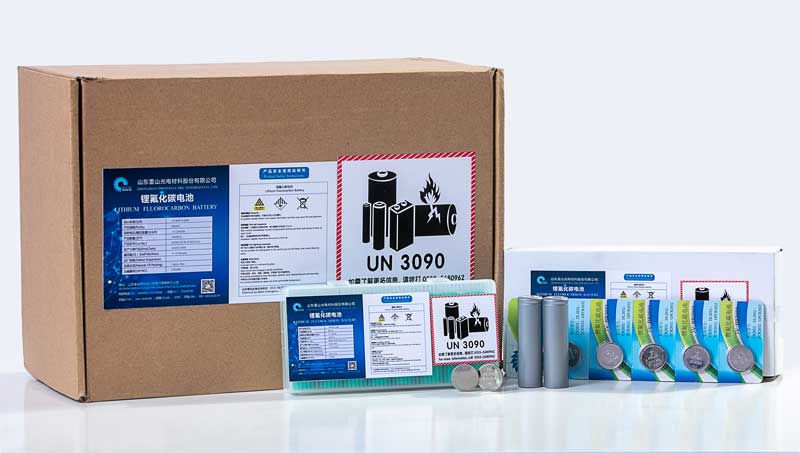Can walk to generate electricity? The British company did this [Full text]
2020-11-09 13:20:43
Technology dynamics If we take every step, we can harvest energy and use this energy to generate electricity. Do you believe this is true? Pavegen Technologies, a British designer founded by Lawrence Kember-Cook, has transformed this vision into reality. The company invented "smart tiles", equipped with electromagnetic generators under flexible tiles, and everyone who walks can generate energy. Lawrence Kemper Cook recently accepted an exclusive interview with the Global Times about how he took the first step in this new technology field.
Laurence Kember Cook, who is an industrial designer, is a "post-80s" person, but has led the Pavegen team for more than six years. He told the “Global Times†reporter that he was able to step into this area that makes ordinary people feel a bit unbelievable, and had a direct connection with his experience of passing through London’s Victoria Railway Station during peak hours. People come and go, everyone will inevitably squeeze in a limited station space. This makes Lawrence Kember Cook suddenly flashing, why can't people gather the kinetic energy generated by walking around?
King's Cross station, the busiest train station in London, does not have as many visitors every day as it does in Victoria. For Lawrence Kemper Cook, the value of technology can be fully released as long as the right place is chosen.
However, in the sparsely populated streets, the effectiveness of such technology investment is not obvious. Compared with large-scale electric vehicles or wind power plants, the impact of Pavegen's “smart floor tiles†on social environmental protection is currently not large. After all, one person can only produce 3 Joules of energy for each step of this type of floor tile. It can make a low-power LED lamp on the floor near the floor tile shine for about 30 seconds. The British "Financial Times" said earlier that in Washington, Pavegen spent $ 100,000 laying smart tiles, because too few people flow, resulting in difficult energy collection.
Is this new technology only available in big cities? In response, Lawrence Kemper Cook did not deny the difficulties he had faced earlier. He told reporters that in fact, the company he heads has been promoting energy-gathering technology for low-energy-consuming equipment, which means that even if it is In places where people are scarce, smart tiles can come in handy.
In addition to the technology used in "smart tiles", Pavegen's most commercial value lies in the consumer data it collects. This data is collected via Bluetooth sensors that measure the pace of pedestrians and the smartphones of passers-by. Therefore, a company that desires to understand the identity and behavior of people entering or passing through its business premises may be interested in "smart tiles."
So far, Lawrence Kember-Cook's team has promoted the technology mainly in Europe and the United States. But he is more interested in the Chinese market. When he learned that Beijing subway had a daily passenger flow of more than 10 million passengers, he said that he was excited by this data and hoped that he would have the opportunity to cooperate with Chinese business partners and promote "smart tile" technology into the Chinese market. He said, "In the next five to seven years, our smart tiles will be laid out in more cities, and its laying costs will be lower and the results will be better."

1.With high specific capacity and high energy density, fluorocarbon batteries are easy to be miniaturized.
2.The excellent chemical and physical stability of the fluorocarbon ensures the safety of the Li-(CFx)n battery. It is still very safe in the case of short circuit, extrusion, collision, over discharge and high temperature.Shandong Zhongshan Photoelectric Materials Co., Ltd , https://www.chzsem.com